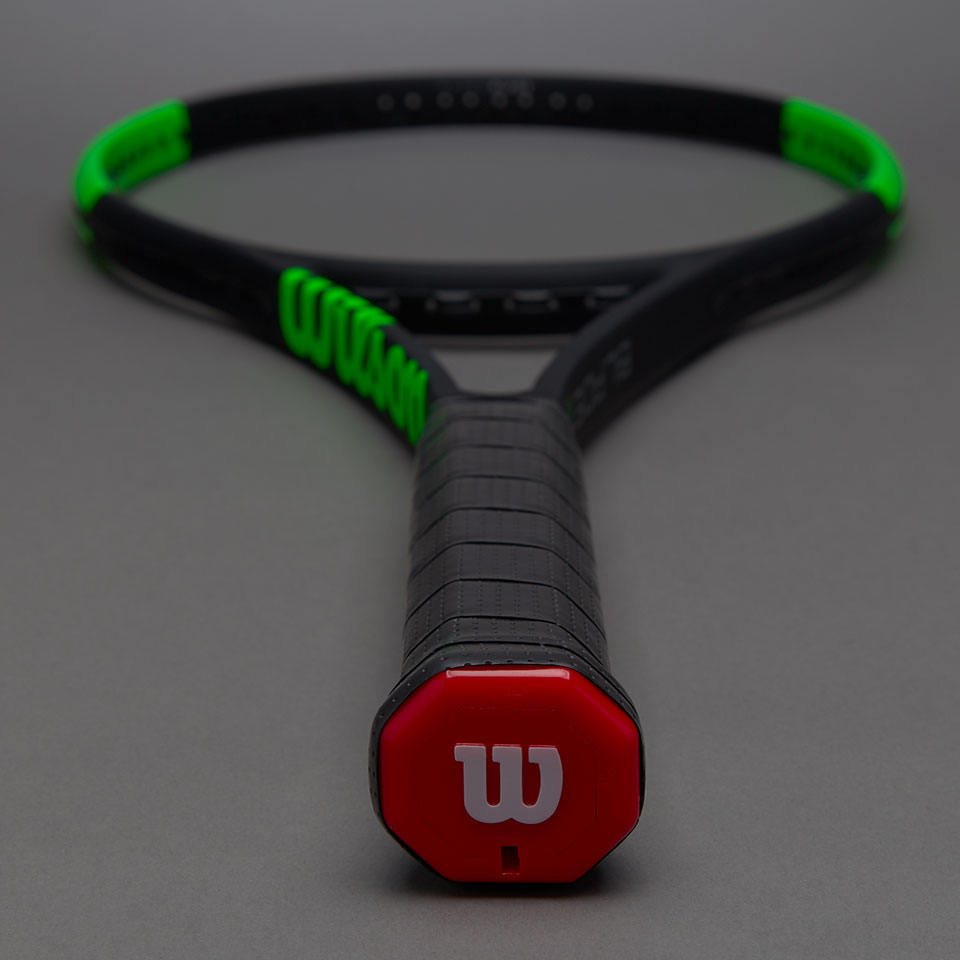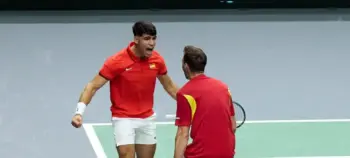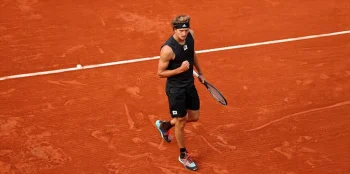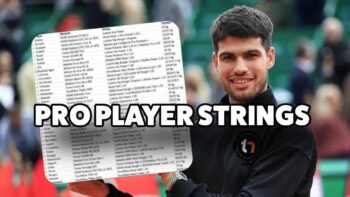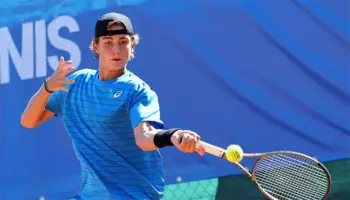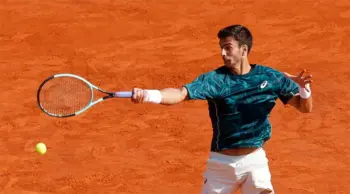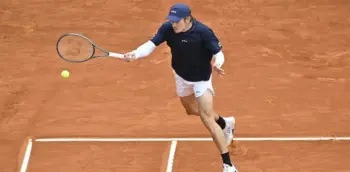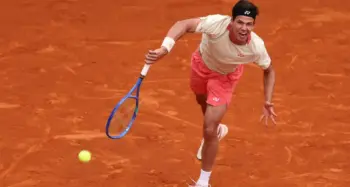I have played with and play-tested loads of tennis rackets. Everything from lightweight Babolats to heavy-headed Wilsons to the beloved Dunlop 4D 300 Tour I play with now. It takes a while before you find where you’re most comfortable. Here is a little guide to rackets – going through different characteristics. You can buy them all from Tennis Express. Tennis Express has the best prices on the market and free shipping on orders above $75!
Heavy vs light
Lightweight rackets are usually for obviously lighter and smaller players, but also for players who need more power and have more arm-like swing. If you don’t have proper tennis schooling and you’re hitting the forehand more with your arm than with rotating into the shot – I would go with a racket of lighter weight. Then I would also get tennis lessons because proper technique not only makes your tennis better, more fun but will help you avoid injury.
Heavy rackets are mostly for experienced players. They give you really good feel and control but require good technique because otherwise you’ll come down with tennis elbow in no-time.
The contrasting styles of Federer and Nadal can help you identify what racket you need.
In tennis it’s not the size that matters. Even a racket with a small sweet spot can do the trick. In general though, the more power you need the bigger the racket head and the more precision you need the smaller the racket head. You get more spin and power with the bigger head, but control and precision with the smaller.
Looking at the Nadal and Federer they play with completely different styles of rackets to suit their games. Nadal plays the Babolat Aero Pro Drive, a 100 sq. inch head size racket which is relatively light for a pro players racket at 300 grams and offers him great racket head spin, a lot of spin, and a more forgiving sweet spot. Federer on the other hand uses the Wilson Sixone Tour BLX 90
that ways around 50 grams more and has a sweetspot of only 90 sq. inches making it almost similar to an old wooden racket (Sampras played with 85 sq inches though with his custom made Wilson Pro Staff 85 – weighing close to 400 grams!).
Federer’s racket is more difficult to play, so I wouldn’t recommend it to players who doesn’t have excellent tennis technique. I played with it for a year and loved the feel, but in the end it was too unforgiving when you were having an off day and quite heavy on the arm. Although I know several players who think it is an excellent racket and being Federer’s racket of choice it is obviously a bestseller.
Federer and Nadal have two contrasting playing styles, the powerful loopy swings of Nadal’s bicep-bulging arms against Federer’s more catlike movement and elegant and effortless swinging motions and although there are many different models of each tennis brand, Wilson and Babolat are slightly contrasting – at least in the models they are most well-known for.
Babolat is modern, dressed in bright colors and screams aggression, with power-hitters like Nadal, Gonzales, Tsonga, Andreev, Roddick leading the brand forward. Wilson is more classic, more elegant, more subtle and seems to focus more on control and feel.
Then we of course have loads of other brands. Head is maybe the most popular one right now with Soderling, Murray, Djokovic and – looking back – Agassi among many other high-ranked pros. Head produces great player rackets with lots of control.
We shouldn’t forget Dunlop or Prince either. Dunlop claiming players like Verdasco and Melzer to be using their rackets. Dunlop recently launched the Biomimetic series which has gotten rave reviews. I play with the older model, 4D 300 Tour and at 320 grams, an 18×20 string pattern, decent swing weight, and 98 sq inch headsize – I am very happy with it. And believe me when I say I have played a lot of rackets.
Wait a minute? String pattern? Swing weight? What are those?
String pattern is what is sounds like. How densely stringed the racket head is. The more open the string pattern, let’s say 16×18, the more spin. The more closed the string pattern, for example 18×20, the more control you have. Small differences perhaps, but believe me, you can feel it.
Swingweight then? Yes, that is actually more important than the weight of the racket. This is how heavy the racket is to swing. A very heavy swing weight will give massive plough-through effect, but also require more arm and better technique. A swingweight around 300-320 should be good for the amateur player.
As if all that is not enough you could also consider the balance and stiffness of the racket. Balance will take into account if the racket is head heavy or head light (heavier towards the handle of the racket). Stiffness can be important because the greater the stiffness the more power you get. Racket deformation absorbs energy that is not returned to the ball.
As you can see this is kind of the tip of the iceberg. If you want to get really freaky with your racket choice their are a lot of things to take into consideration. So instead of doing that I will give you some simple advice…
Playtest! Always playtest the racket you want to buy. Good tennis shops or friends should let you do that. If it feels great, it might be right for you. But beware, just because it feels really good the first time you hit with it doesn’t mean it will change your game. There is also a novelty factor to take into account. The joy of playing with new gear – which should give you a boost of confidence or at least adrenalin. When that novelty factor fades it is important you are confident with your choice of racket. Remember, it is rarely the racket’s fault you misshit a ball.
Let me reiterate that. It’s fun to buy rackets and if you want one that you’re comfortable with your game will improve, but any big change will be in your hands, not the racket.
One last thing. Move your feet!
Oh, shit, I forgot. Buy good strings. Strings can change everything. More on that later.
Get the new Pro Staff series at Tennis Express
